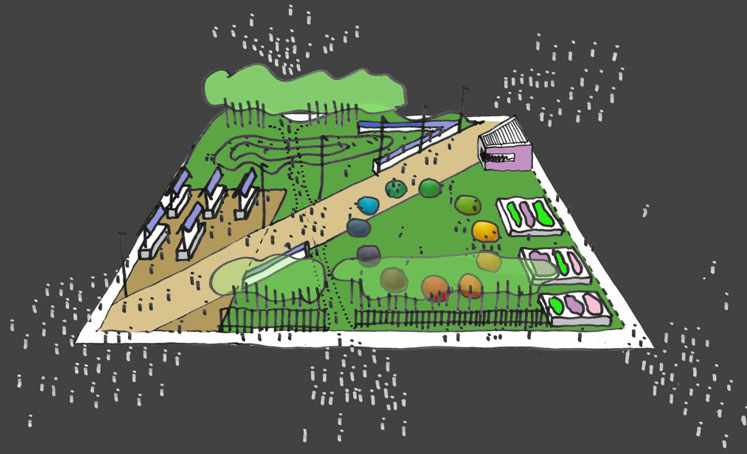A talk, delivered by Marcus Shields as part of a recent TFL / Urban Design seminar, addressed this current, critical urban landscape design challenge.
Open space within the city is a limited thus valuable resource. Consequently, the existing policy framework aims to provide access to high quality open space dispersed throughout the city with important initiatives such as the Greater London Authorities 100 Pocket Parks programme. Marcus reviews the type and scale of London’s green spaces, then moves on to discuss how we can make the most of our small-scale local community greenspaces (Pocket Parks). His talk covers:
The roles and responsibilities of those involved.
The historical context.
The briefing process.
Intensity of use.
Spatial hierarchy and layout: appropriate to park users and context.
Community activities, including growing space, edible landscapes, allotments and provision for markets.
Circulation & access and enhancing legibility and way finding.
Safety, lighting, edges & enclosure.
Sports facilities, natural play and integration of “playable” landscape.
Seating – traditional & contemporary arrangements.
Artistic approach, incorporating sculpture, land art and landform.
Sustainable agenda, including Sustainable Urban Drainage Systems: SUDS, Reed bed filtration systems, rainwater harvesting, porous surfaces and reduction of run off.
Planting diversity & biodiversity and low maintenance wildflower areas.
Economic Case, Funding models, Lifecycle costing and maintenance.
Working creatively and collaboratively throughout the design process (including engaging community members and stakeholders) and regularly revisiting the initial aspirations and design objectives were both identified as being critical to developing a successful, considered scheme.
Interested? View Marcus’s talk on slideshare.

